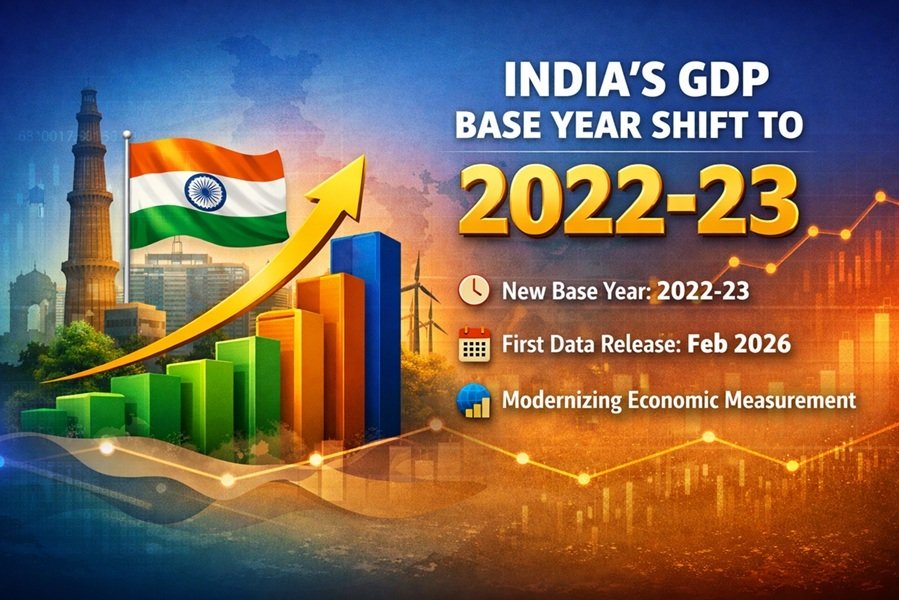
The Indian stock market plays a vital role in the country’s economic development, and stock market indexes are key indicators of its performance. These indexes represent a collection of stocks from various sectors and serve as a benchmark to gauge market trends. Let’s explore the major stock market indexes in India in simple terms.
1. Sensex
The Sensex, or the BSE Sensex, is one of the oldest and most popular indexes in India. It represents the top 30 companies listed on the Bombay Stock Exchange (BSE) based on market capitalization.
- What it indicates: The overall performance of large, well-established companies.
- Why it’s important: It acts as a barometer of the Indian economy and investor sentiment.
2. Nifty 50
The Nifty 50 is another widely tracked index. It includes the top 50 companies listed on the National Stock Exchange (NSE).
- What it indicates: A broader view of the market compared to the Sensex.
- Why it’s important: It covers companies from diverse sectors, offering a more comprehensive market picture.
3. Bank Nifty
The Bank Nifty focuses on the banking sector and comprises the top 12 banking stocks listed on the NSE.
- What it indicates: The health and performance of India’s banking sector.
- Why it’s important: Banks play a crucial role in economic growth, so this index is closely monitored.
4. Nifty Midcap 100
This index tracks 100 mid-sized companies listed on the NSE.
- What it indicates: The performance of midcap stocks, which are companies that are smaller than large-caps but larger than small-caps.
- Why it’s important: Midcap companies often have high growth potential, making this index appealing to growth-oriented investors.
5. Nifty Smallcap 100
The Nifty Smallcap 100 tracks 100 small-cap companies listed on the NSE.
- What it indicates: The performance of smaller companies with high growth potential.
- Why it’s important: Small-cap stocks are riskier but can deliver higher returns over time.
6. BSE 500
The BSE 500 is a comprehensive index that includes 500 companies listed on the BSE, covering all sectors.
- What it indicates: The overall performance of the Indian stock market.
- Why it’s important: It’s a good indicator of the market’s breadth and depth.
7. Sectoral Indexes
These indexes focus on specific sectors, such as IT, Pharma, or FMCG. Examples include:
- Nifty IT: Tracks the performance of major IT companies.
- Nifty Pharma: Focuses on pharmaceutical companies.
- Nifty FMCG: Represents fast-moving consumer goods companies.
- What they indicate: The performance of specific industries.
- Why they’re important: Investors can analyze sector-specific trends and make targeted investments.
8. Nifty Next 50
This index represents the 50 companies ranked 51-100 in terms of market capitalization on the NSE.
- What it indicates: The potential future leaders of the Nifty 50.
- Why it’s important: It highlights emerging companies with growth potential.
9. India VIX
The India VIX is a volatility index that measures the market’s expectation of volatility over the next 30 days.
- What it indicates: Market sentiment and risk levels.
- Why it’s important: Higher values indicate more uncertainty, while lower values suggest stability.
Why Are Stock Market Indexes Important?
- Market Performance: Indexes provide a snapshot of the overall market’s performance.
- Benchmarking: They act as a benchmark for investors to compare the performance of their portfolios.
- Passive Investing: Index funds and ETFs allow investors to invest in the market without selecting individual stocks.
- Economic Indicators: Stock indexes often reflect the state of the economy.
Conclusion
Stock market indexes are essential tools for understanding market trends and making informed investment decisions. Whether you are a new investor or an experienced trader, knowing about these indexes can help you navigate the Indian stock market effectively.






